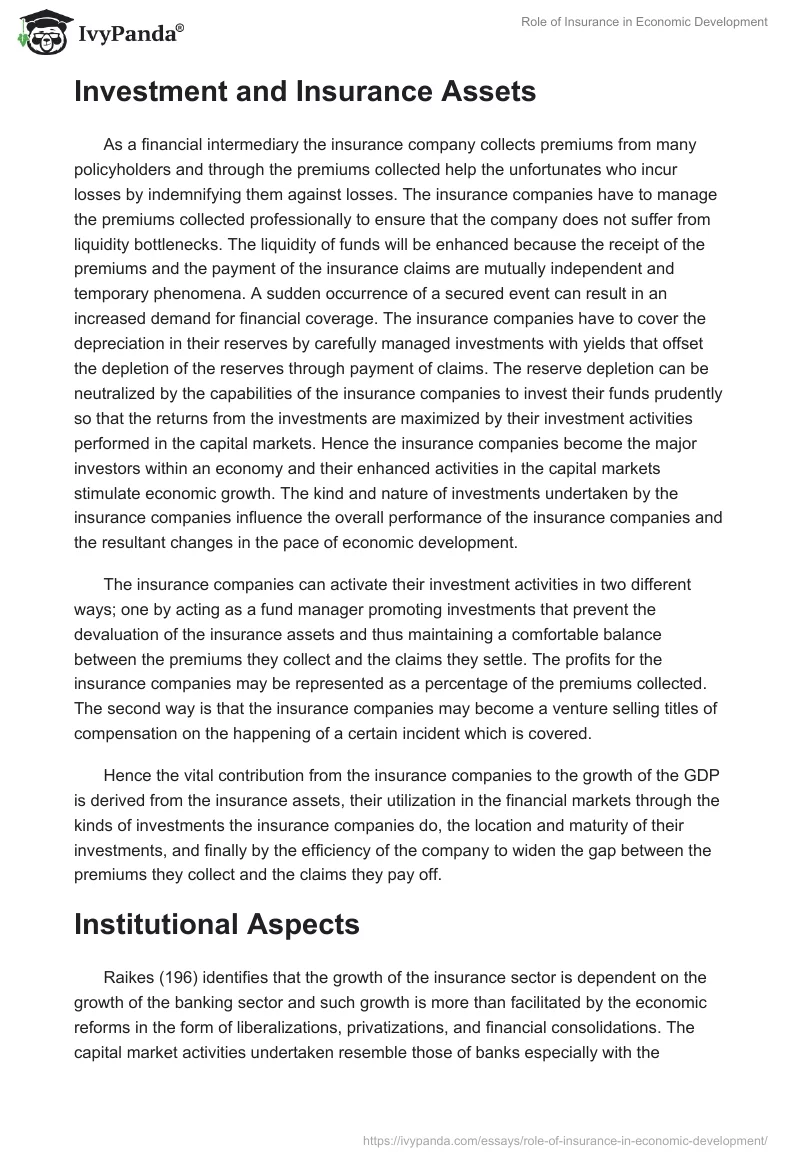The 30-Second Trick For Pacific Prime
The 30-Second Trick For Pacific Prime
Blog Article
Pacific Prime Fundamentals Explained
Table of ContentsPacific Prime for BeginnersPacific Prime Fundamentals ExplainedPacific Prime Fundamentals ExplainedThe Of Pacific Prime
In the majority of states, the insurer is called for to send you a copy of the changes to your policy. It is necessary that you read Recommendations or Cyclists so you recognize just how your policy has changed and if the policy is still ample to fulfill your demands. To obtain a copy of your insurance plan, please contact your insurance policy agent or company.
The Institute of Medication (IOM) Board on the Effects of Uninsurance launches an extended assessment of evidence that addresses the relevance of medical insurance coverage with the magazine of this report. Coverage Issues is the very first in a collection of 6 reports that will certainly be released over the following two years recording the fact and effects of having an estimated 40 million people in the USA without wellness insurance policy coverage.

Not known Incorrect Statements About Pacific Prime
The goal of this collection of studies is to refocus policy attention on a historical problem. Following the longest financial development in American history, in 1999, an estimated one out of every 6 Americans32 million grownups under the age of 65 and even more than 10 million childrenremains uninsured (Mills, 2000).

Ten percent of the populace make up 70 percent of healthcare expenses, a relationship that has actually stayed constant over the previous 3 years (Berk and Monheit, 2001) - group insurance plans. Therefore medical insurance continues to serve the feature of spreading out threat even as it progressively funds regular treatment. From the viewpoint of health care companies, insurance carried by their clients helps protect an earnings stream, and areas take advantage of financially practical and steady health and wellness care specialists and organizations
Government offers medical insurance to populaces whom the personal market might not offer successfully, such as handicapped and senior citizens, and populations whose access to health and wellness treatment is socially valued, such as children and expectant women. The ultimate ends of wellness insurance policy coverage for the private and communities, including office areas of workers and companies, are boosted wellness results and quality of life.
Getting My Pacific Prime To Work
Workers rank medical insurance first by much in significance among all the benefits used in the workplace (Salisbury, 2001). Although there have been sizable financial investments of personal and public funds to offer medical insurance, lots of people still have no protection. Despite considerable reporting of study searchings for and health treatment research results, the public continues to be confused and mistaken concerning Americans without medical insurance and the implications of lacking insurance coverage.

Without question, the intricacy of American wellness care financing mechanisms and the wide range of sources of info add to the public's confusion and apprehension about medical insurance data and their interpretation. This report and those that will follow aim to boil down and offer in readily easy to understand terms the considerable research that bears on concerns of health insurance protection and its value.
Fifty-seven percent of Americans polled in 1999 believed that those without medical insurance are "able to obtain the treatment they need from physicians and health centers" (Blendon et al., 1999, p. 207). In 1993, when nationwide attention was concentrated Click Here on the troubles of the without insurance and on pending healthcare legislation, simply 43 percent of those polled held this belief (Blendon et al., 1999).

They likewise get fewer precautionary services and are much less most likely to have normal take care of chronic problems such as high blood pressure and diabetes mellitus. Persistent diseases can bring about expensive and disabling complications if they are not well taken care of (Lurie et al., 1984; Lurie et al., 1986; Ayanian et al., 2000). One nationwide study asked greater than 3,400 grownups about 15 extremely significant or dark conditions.
Get This Report on Pacific Prime
Additional evidence is offered later in this phase in the conversation of insurance policy and access to healthcare. https://filesharingtalk.com/members/594499-pacificpr1me. Individuals without medical insurance are young and healthy and choose to do without insurance coverage. Practically fifty percent (43 percent) of those surveyed in 2000 thought that people without medical insurance are more probable to have wellness issues than individuals with insurance policy
Citizens and policy makers in emphasis group conversations characterize those without insurance as young individuals who have the possibility to be covered and feel they do not require it (Porter Novelli, 2001). Contrasted to those with a minimum of some exclusive insurance coverage, the uninsured are much less likely to report being in outstanding or excellent health (Company for Health Care Research and High Quality, 2001).
RESOURCE: Facility for Price and Financing Research Studies, Firm for Healthcare Research and High quality, based upon MEPS information. Young person between 19 and 34 are even more most likely to lack medical insurance than any other age. This is mainly due to the fact that they are much less commonly eligible for employment-based insurance because of the nature of their task or their short period in it.
The assumption that individuals without insurance policy have better-than-average health and wellness adheres to from confusing the relatively young age profile of the uninsured with the better health, generally, of younger persons. This obscures the web link in between health and wellness status and wellness insurance. For those without access to workplace health insurance coverage, bad health is a potential barrier to buying nongroup protection since such protection might be highly valued, omit preexisting conditions, or be just not available.
Report this page